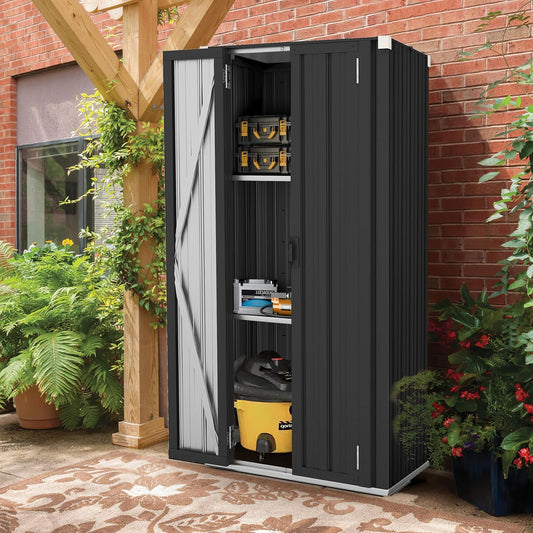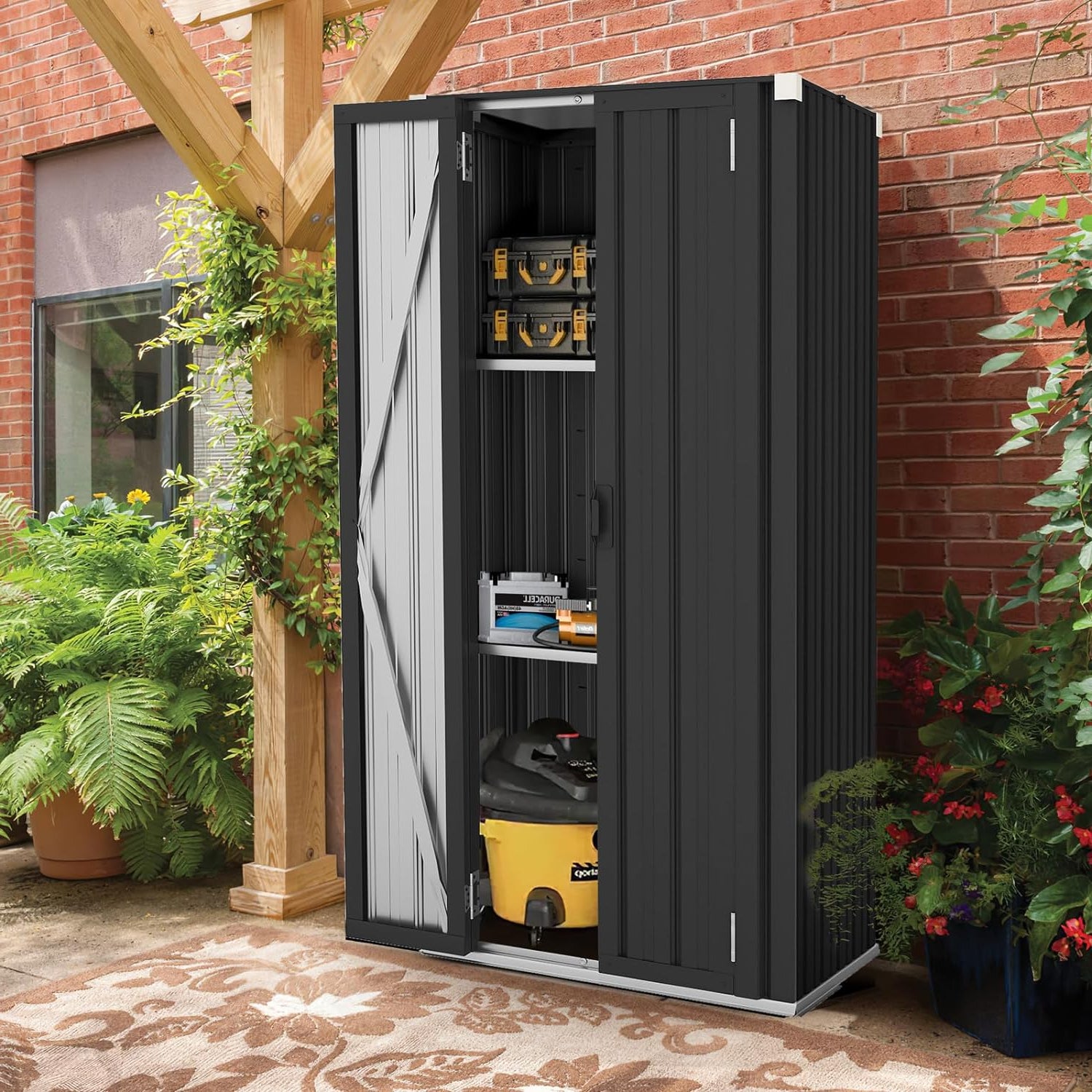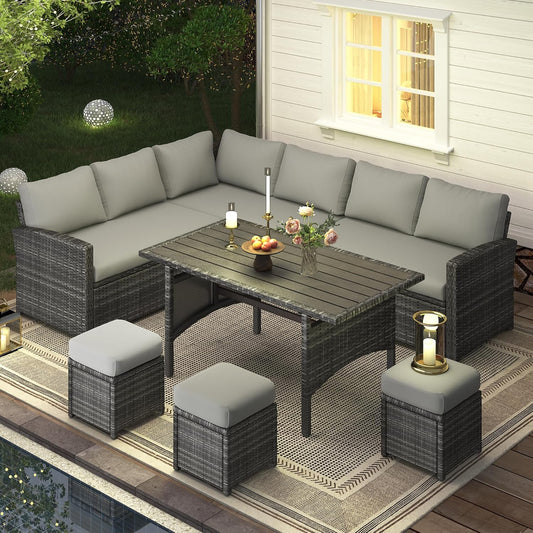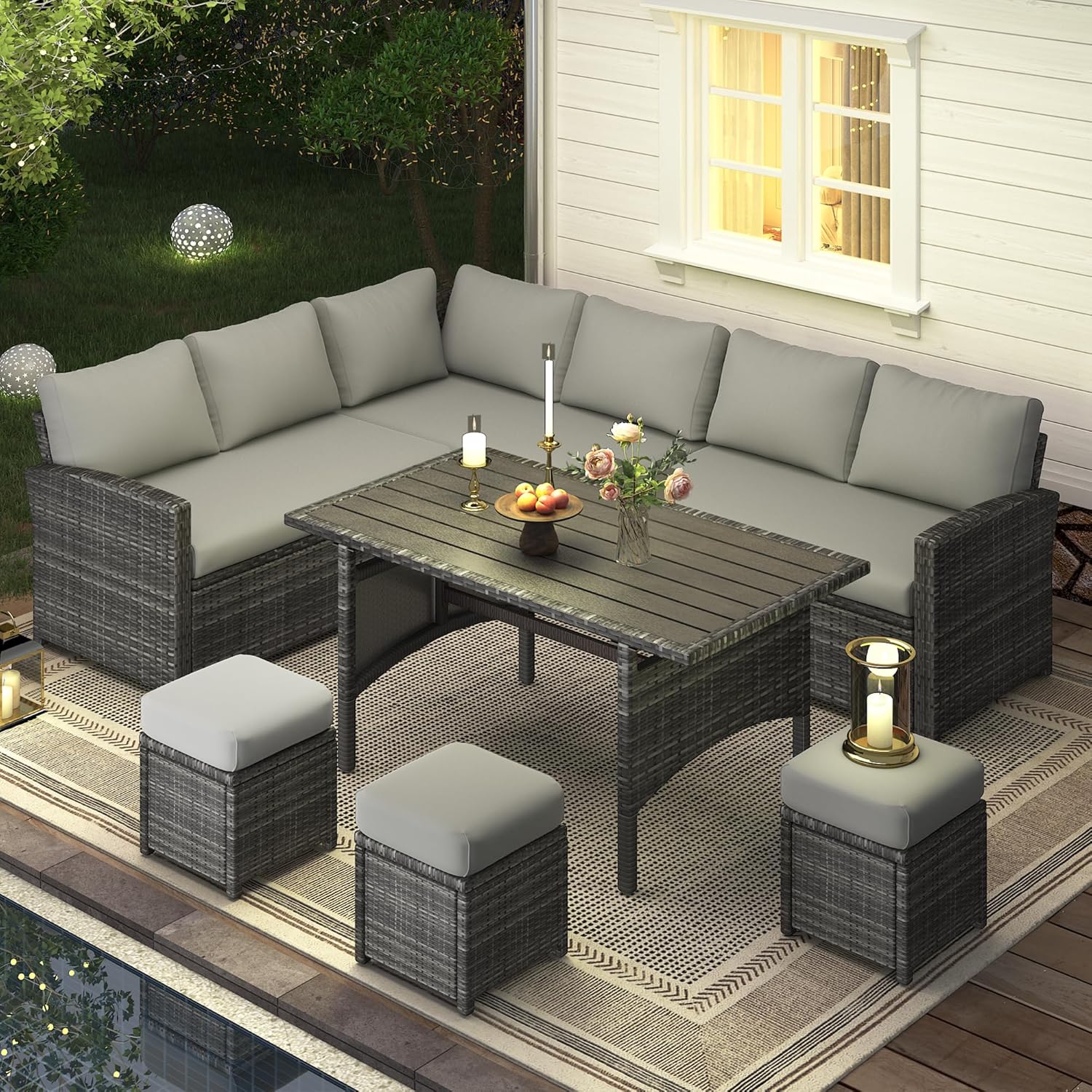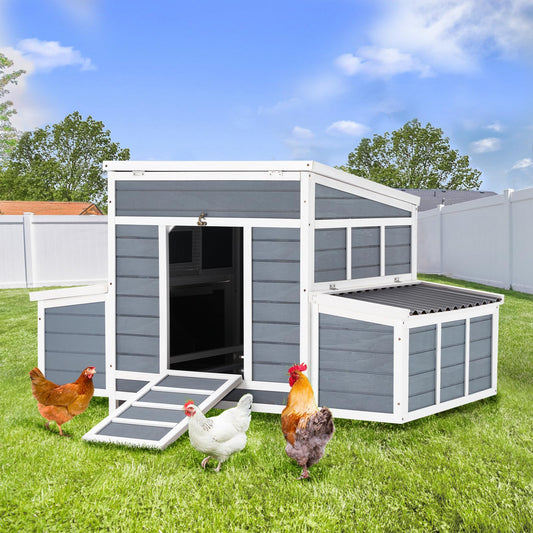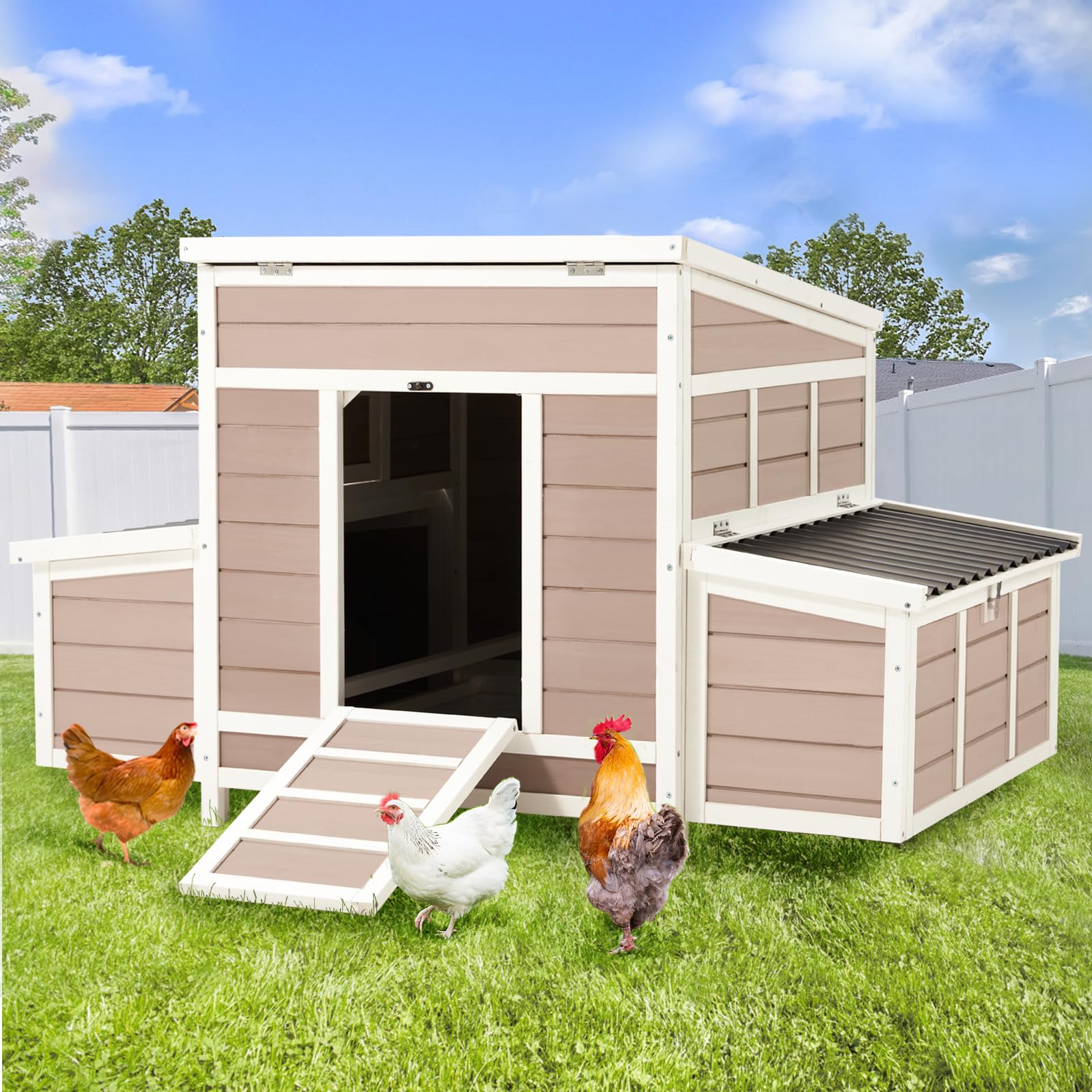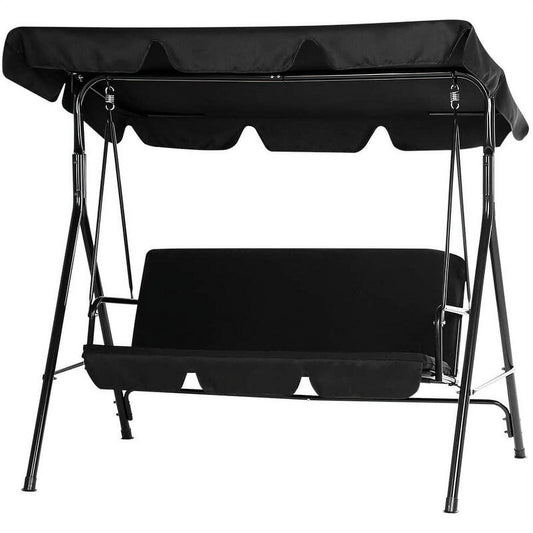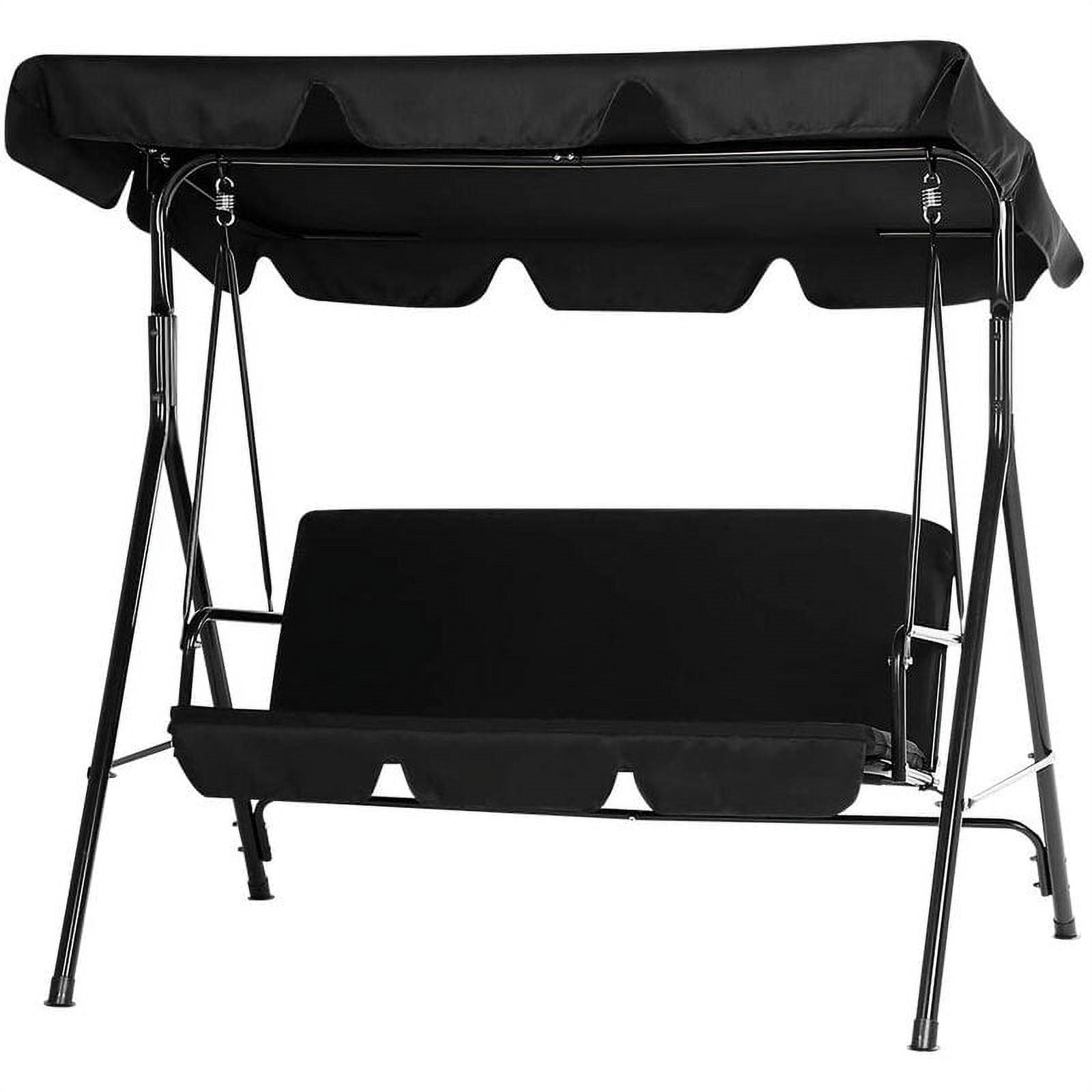In small apartments, guest rooms, or even home offices, a sofa bed pulls double duty—serving as a cozy seat by day and a comfortable bed by night. But when it comes to choosing between a leather sofa bed and a fabric one, the decision can feel tricky.
Leather sofa beds exude a sleek, modern vibe, while fabric options offer warmth and variety. Both fall under the umbrella of convertible sofa beds, foldable sofa bed designs, and even affordable sofa beds in many cases. But which one fits your lifestyle? Whether you’re a business owner furnishing a rental property or a homeowner hosting guests, this guide breaks down the key differences to help you decide. Let’s start by exploring what makes leather sofa beds unique.
What Are Leather Sofa Beds Made Of?
A leather sofa bed isn’t just a “leather cover”—its construction combines durable materials to handle daily use as both a sofa and a bed. At its core, the frame is usually made of solid wood or metal, ensuring it can support the weight of people sitting or sleeping. The mattress (often a foam or innerspring pad) is designed to fold neatly when converted from bed to sofa, a hallmark of foldable sofa bed functionality.
The star of the show is the leather upholstery, which comes in a few common types:
- Genuine leather: Made from real animal hide, it’s durable and develops a rich patina over time. It’s breathable and resists stains better than many fabrics.
- Bonded leather: A mix of leather scraps and polyurethane, it’s more budget-friendly. While it looks similar to genuine leather, it’s less breathable and can crack over time with heavy use.
- Faux leather: A synthetic material designed to mimic leather, it’s often easier to clean and is a popular choice for affordable sofa beds. It holds up well to spills, making it great for homes with kids or pets.
No matter the type, leather sofa beds are built to blend the sophistication of leather with the practicality of a convertible sofa bed. The leather is treated to resist wear, and the stitching is reinforced to handle the folding and unfolding of the sleeper sofa bed mechanism. This combination of materials makes leather sofa beds a sturdy option for high-traffic spaces.
|
Leather Type |
Key Features |
Best For |
|
Genuine Leather |
Durable, develops patina, breathable |
Long-term use, formal spaces |
|
Bonded Leather |
Budget-friendly, leather-like appearance |
Occasional use, tight budgets |
|
Faux Leather |
Easy to clean, stain-resistant |
Homes with kids/pets, rental properties |
Need a sleek sofa that doubles as a bed? The Yodolla 83" faux leather sleeper sofa blends modern style with functionality—perfect for small spaces, offering comfortable seating by day and a cozy bed for guests by night.

What Are Fabric Sofa Beds Made Of?
Fabric sofa beds are beloved for their softness and versatility, and their construction is just as thoughtful as their leather counterparts. Like leather sofa beds, they feature a sturdy frame—usually wood or metal—that supports the dual functions of seating and sleeping, making them a key part of the convertible sofa bed family. The mattress, often a foam or memory foam layer, folds smoothly when switched from bed to sofa, fitting the foldable sofa bed design perfectly.
The defining feature is the fabric upholstery, which comes in a wide range of materials, each with its own perks:
- Cotton: A natural fiber that’s soft and breathable, cotton is a popular choice for fabric sofa beds. It’s easy to clean (many cotton covers are machine-washable) and adds a cozy, homey feel. However, it can wrinkle easily and may stain if not treated with a water-resistant coating.
- Polyester: A synthetic fabric known for durability, polyester resists fading and holds its shape well—ideal for high-traffic areas. It’s often blended with cotton to combine softness with strength, making it a great option for affordable sofa beds.
- Linen: Lightweight and breathable, linen has a relaxed, casual look. It’s resistant to pilling but can wrinkle and may need professional cleaning to remove tough stains.
- Microfiber: A ultra-fine synthetic fabric, microfiber is a standout for stain resistance. It’s soft to the touch, repels liquids, and is easy to wipe clean—perfect for families with kids or pets. It’s a common pick for sleeper sofa bed models designed for daily use.
Fabric sofa beds also prioritize functionality: the fabric is stretched tightly over the frame to prevent sagging, and seams are reinforced to handle the folding of the convertible sofa bed mechanism. Many come with removable, washable covers, adding to their practicality. Whether you prefer a plush velvet or a durable canvas, fabric sofa beds offer more texture and color options than leather, making them easy to match with existing decor.
|
Fabric Type |
Key Features |
Best For |
|
Cotton |
Soft, breathable, machine-washable |
Casual spaces, people who love natural fibers |
|
Polyester |
Durable, fade-resistant, budget-friendly |
High-traffic areas, affordable sofa beds |
|
Linen |
Lightweight, breathable, relaxed look |
Coastal or bohemian-style homes |
|
Microfiber |
Stain-resistant, soft, easy to clean |
Families with kids/pets, daily use |
Which One Is Easier to Clean and Maintain?
When it comes to keeping your sofa bed looking fresh, the difference between leather and fabric options is clear—and it often depends on your daily habits. Let’s break down how each type holds up to spills, dirt, and regular wear.
Leather Sofa Bed Cleaning & Maintenance
Leather sofa beds are generally easier to wipe clean in the moment, thanks to their smooth, non-porous surface. A quick blot with a damp cloth can handle most spills—like coffee, juice, or even sauce—before they soak in. Faux leather, in particular, is a star here: its synthetic surface resists stains, making it a top choice for homes with messy eaters or pets.
That said, leather needs regular care to stay in top shape. Genuine leather, for example, benefits from monthly conditioning to prevent drying and cracking. Bonded leather, while more affordable, can peel if exposed to too much moisture, so harsh cleaners are a no-go. For the sleeper sofa bed mechanism, dusting the hinges and joints every few months keeps them moving smoothly—critical for foldable sofa bed functionality.
Fabric Sofa Bed Cleaning & Maintenance
Fabric sofa beds require a bit more attention to spills, as liquids can seep into the fibers. However, many modern fabric options come with stain-resistant treatments that buy you time to blot up messes. Microfiber fabric sofa beds are a standout: their tight weave repels liquids, and most stains can be lifted with a mix of water and mild soap.
The biggest advantage of fabric sofa beds is removable covers. Many models let you zip off the upholstery and toss it in the washing machine—perfect for deep cleaning or tough stains like mud or pet hair. Cotton and polyester blends hold up well to machine washing, though linen may need gentle cycles to avoid shrinking.
For the frame and convertible sofa bed mechanism, fabric sofa beds need the same care as leather ones: regular dusting and occasional lubrication of hinges to keep the foldable sofa bed function smooth.
A Side-by-Side Look
|
Scenario |
Leather Sofa Bed |
Fabric Sofa Bed |
|
Spill Handling |
Wipe clean quickly; stains rarely set |
Needs immediate blotting; stain-resistant treatments help |
|
Deep Cleaning |
Professional conditioning for genuine leather; avoid harsh chemicals |
Removable covers go in the wash; easy DIY deep cleans |
|
Long-Term Care |
Monthly conditioning (genuine leather); avoid direct sunlight |
Rotate cushions to prevent sagging; wash covers quarterly |
If you’re someone who prefers quick, on-the-spot cleaning, a leather sofa bed might be easier. But if you don’t mind a little extra effort for the ability to deep-clean covers, a fabric sofa bed offers more flexibility—especially for affordable sofa beds where replaceable covers are common.
No matter which you choose, regular maintenance keeps your convertible sofa bed looking great for years. Now that we’ve covered cleaning, let’s dive into how they stack up in comfort and breathability—key factors for something you’ll sit and sleep on!
Looking for a versatile piece that does it all? The Yodolla 3-in-1 convertible sofa bed is a smart pick—use it as a sofa for daily seating, a lounger for relaxation, or a bed for overnight guests. Its compact design fits small spaces, while the vibrant blue adds a fresh touch to any room. Functional, stylish, and perfect for flexible living.

Which One Offers Better Comfort and Breathability?
Comfort is non-negotiable for a sofa bed—after all, it needs to keep you cozy during movie marathons and help you sleep soundly when guests stay over. Breathability matters too, especially in warm climates or during summer months. Let’s see how leather and fabric sofa beds stack up.
Leather Sofa Bed Comfort
A leather sofa bed feels firm yet supportive when sitting, which many people find comfortable for long conversations or working from home. The smooth surface doesn’t cling to clothing, making it easy to shift positions. When converted into a bed, the even surface of leather (especially faux leather) works well with the mattress, providing a consistent feel.
Breathability varies by leather type. Genuine leather is surprisingly breathable—it adjusts to body temperature, staying cool in summer and warm in winter. Faux leather, however, is less breathable; it can trap heat, which might make sleeping on it uncomfortable during hot nights. Bonded leather falls somewhere in between, but it can feel stiff compared to genuine leather.
Fabric Sofa Bed Comfort
Fabric sofa beds are often described as “softer” right out of the box. The texture of cotton, linen, or microfiber adds a cozy, inviting feel—perfect for curling up with a book. The cushions tend to have more give, which many people prefer for casual lounging. As a bed, fabric upholstery feels warmer against the skin, which is nice in cooler weather.
When it comes to breathability, natural fabrics like cotton and linen shine. They allow air to circulate, preventing overheating during sleep. Polyester blends are less breathable but still more so than faux leather. Microfiber fabric sofa beds balance softness and breathability well, making them a popular choice for year-round use.
How They Compare for Different Lifestyles
For hot climates: Linen or cotton fabric sofa beds are more breathable, helping you stay cool. Genuine leather is a solid runner-up, but avoid faux leather in high heat.
For cold climates: A leather sofa bed (especially genuine leather) retains warmth, while plush fabric options like microfiber add extra coziness.
For daily use as a sofa: Leather’s firm support works well for frequent sitting, while fabric’s softness is great for casual lounging.
For overnight guests: Fabric sofa beds often feel more “bed-like” with their textured surface, while leather’s smoothness is a matter of personal preference.
Looking for a versatile furniture piece? The Yodolla 3-in-1 convertible sofa bed in beige is a great choice—it transforms from an armchair to a recliner to a sleeper bed effortlessly, fitting various needs.
With a sturdy steel frame holding up to 1000 lbs and breathable linen fabric, it’s both durable and comfortable. Perfect for small spaces, it comes with extra pillows for added coziness, making it ideal for daily use or hosting guests.

Which One Lasts Longer?
A sofa bed is an investment, so you’ll want one that stands the test of time—handling daily sits, occasional sleeps, and the wear and tear of being a convertible sofa bed. Durability depends on materials, construction, and how well you maintain it.
Leather Sofa Bed Lifespan
A high-quality leather sofa bed can last 7–15 years with proper care. Genuine leather is the most durable; its natural fibers resist tearing and stretch slightly over time, adapting to regular use. Faux leather, while more affordable, typically lasts 5–8 years—its synthetic surface can crack or peel if exposed to sharp objects or excessive sunlight.
The frame and foldable sofa bed mechanism play a big role too. Leather sofa beds with metal frames tend to outlast those with cheap wood, as metal resists warping from repeated folding. Bonded leather, though budget-friendly, is prone to peeling after 3–5 years of heavy use, making it better for occasional use rather than daily wear.
Fabric Sofa Bed Lifespan
A well-made fabric sofa bed can match or even exceed leather’s lifespan, lasting 7–12 years. Microfiber and polyester blends are the toughest; their tight weaves resist snags and fading, even with kids or pets jumping on them. Cotton fabric sofa beds last 5–8 years, but they may pill or stretch in high-traffic areas. Linen, while breathable, is more prone to wrinkling and can tear if pulled roughly, so it’s best for moderate use.
Like leather models, the frame matters. Solid wood or metal frames in fabric sofa beds handle the stress of being a sleeper sofa bed better than particleboard. Removable covers also extend lifespan—if the fabric fades or gets worn, you can replace the covers instead of the entire sofa, a big plus for affordable sofa beds.
Durability Comparison Chart
|
Factor |
Leather Sofa Bed |
Fabric Sofa Bed |
|
Average Lifespan |
5–15 years (varies by leather type) |
5–12 years (varies by fabric type) |
|
Resists Wear from Pets/Kids |
Good (faux leather resists scratches) |
Excellent (microfiber resists snags) |
|
Handles Sunlight |
Genuine leather fades slowly; faux leather cracks |
Polyester resists fading; cotton/linen fade faster |
|
Frame Impact |
Metal frames extend lifespan significantly |
Solid wood frames offer long-term stability |
Both leather and fabric sofa beds can be long-lasting—your choice depends on how you’ll use them. For rough daily use, a microfiber fabric sofa bed or genuine leather model is your best bet. For occasional use, even affordable sofa beds (like bonded leather or cotton blends) will serve you well for years.
How to Choose the Right One for Your Lifestyle?
Picking between a leather sofa bed and a fabric one boils down to your daily routine, space, and priorities. Here’s a quick guide to match your lifestyle:
If you have kids or pets, a microfiber fabric sofa bed is a smart pick—its stain resistance and washable covers handle messes easily. For a sleek, modern look in a formal living room, a genuine leather sofa bed adds sophistication and stands up to occasional guest use.
Renters or those on a budget might lean toward affordable sofa beds like faux leather or polyester fabric options—they’re durable enough for short-term use and easy to move. If you live in a hot climate, prioritize breathable linen fabric or genuine leather to avoid overheating.
For frequent overnight guests, a convertible sofa bed with a comfortable mattress matters most—but fabric sofa beds often feel more inviting for sleep, while leather’s smooth surface is easier to wipe clean after visitors.
And don’t forget the foldable sofa bed factor: ensure the mechanism works smoothly for your needs, whether you’re converting it daily or rarely.
Need a compact yet versatile seating solution? The YODOLLA 36" convertible chair bed in floral is perfect—it switches from a cozy chair to a lounger to a bed with 3 adjustable backrest angles, fitting small spaces effortlessly. Its breathable linen fabric is easy to clean, and the extra-wide design (wider than most) lets you share it comfortably. Plus, it comes with 2 extra pillows for added coziness, making it great for relaxing or hosting guests.

Conclusion
Leather sofa beds and fabric sofa beds each have their strengths. Leather brings durability, a polished look, and easy spot cleaning—great for low-mess, high-style spaces. Fabric offers warmth, versatility, and washable convenience, ideal for busy homes or those who love cozy textures.
Both fit the bill as convertible sofa beds and foldable sofa bed options, with affordable choices in both materials. Ultimately, the best pick is the one that aligns with how you live—whether that’s sleek leather for entertaining or soft fabric for family lounging.















